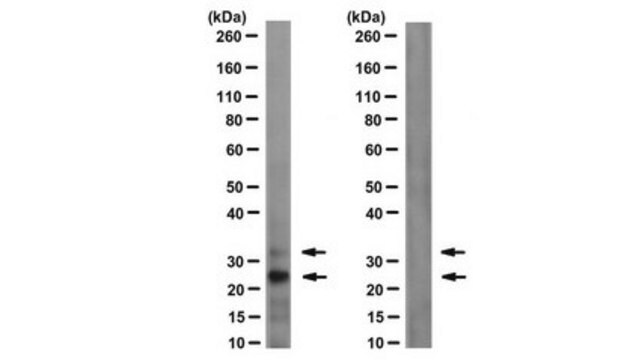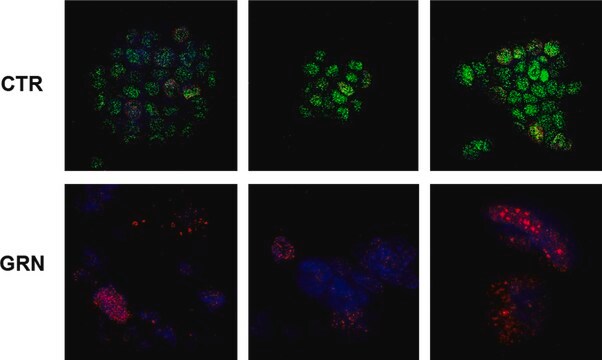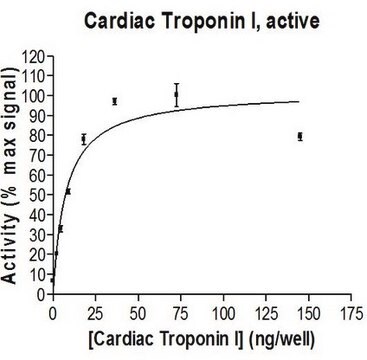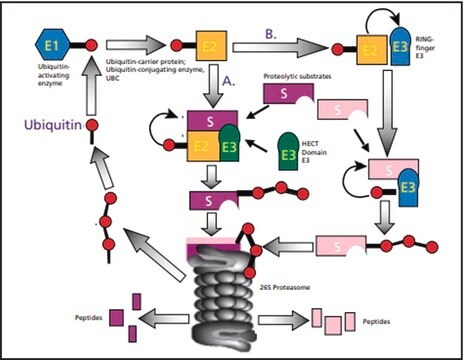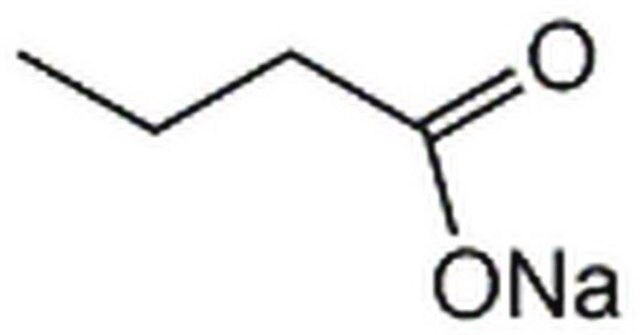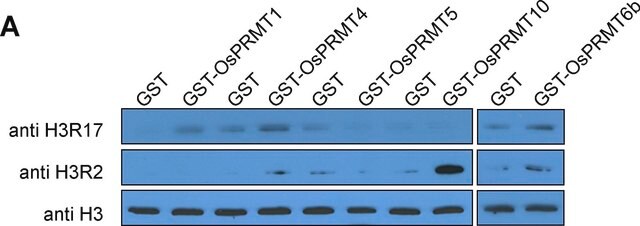05-678
Anti-ubiquityl-Histone H2A Antibody, clone E6C5
clone E6C5, Upstate®, from mouse
Sinónimos:
H2AUb, Histone H2A (ubiquityl), H2A histone family, member R, histone 1, H2aa, histone H2A, histone cluster 1, H2aa, H2AK119Ub1
About This Item
Productos recomendados
biological source
mouse
Quality Level
antibody form
purified antibody
antibody product type
primary antibodies
clone
E6C5, monoclonal
species reactivity
amphibian, mouse, human, frog, rat, monkey
manufacturer/tradename
Upstate®
technique(s)
ChIP: suitable
immunocytochemistry: suitable
western blot: suitable
isotype
IgM
NCBI accession no.
UniProt accession no.
shipped in
dry ice
target post-translational modification
unmodified
Gene Information
frog ... H2Ac1(594915)
human ... H2AC1(221613)
mouse ... H2Ac1(319163)
rat ... H2Ac1(24828)
General description
Specificity
Immunogen
Application
This antibody has been reported by an independent laboratory to detect ubiquityl-Histone H2A in cells fixed with either 3% formaldehyde/0.1% Triton X-100 or methanol (Vassilev, A. 1995).
Chromatin Immunoprecipitation:
Reported by an independent laboratory (Wang, H. 2004).
Epigenetics & Nuclear Function
Histones
Quality
Western Blot Analysis:
A 1:500-1:2000 dilution of this lot detected ubiquityl-Histone H2A in acid extracts from HeLa and 10T1/2 cells.
Target description
Physical form
Storage and Stability
Analysis Note
Acid extracts of HeLa cells.
Other Notes
Legal Information
Disclaimer
¿No encuentra el producto adecuado?
Pruebe nuestro Herramienta de selección de productos.
Storage Class
12 - Non Combustible Liquids
wgk_germany
WGK 2
flash_point_f
Not applicable
flash_point_c
Not applicable
Certificados de análisis (COA)
Busque Certificados de análisis (COA) introduciendo el número de lote del producto. Los números de lote se encuentran en la etiqueta del producto después de las palabras «Lot» o «Batch»
¿Ya tiene este producto?
Encuentre la documentación para los productos que ha comprado recientemente en la Biblioteca de documentos.
Nuestro equipo de científicos tiene experiencia en todas las áreas de investigación: Ciencias de la vida, Ciencia de los materiales, Síntesis química, Cromatografía, Analítica y muchas otras.
Póngase en contacto con el Servicio técnico

